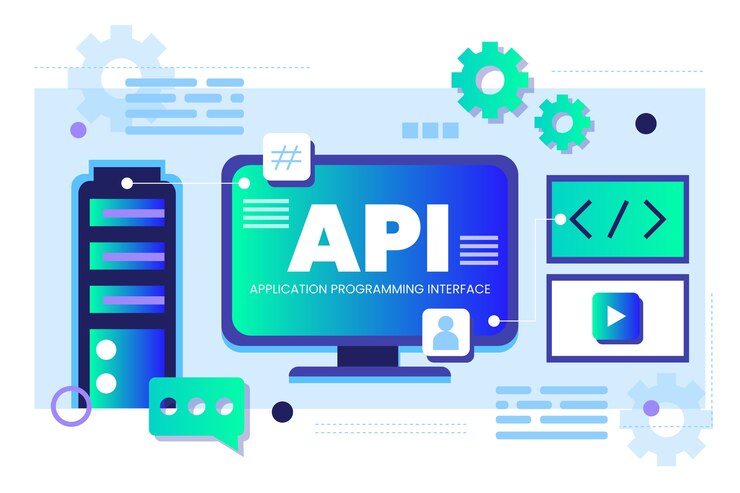8 API Integration Trends
Integration is nowadays a robust way to extend your business opportunities and services, leading to successful operations. Application Programming Interface (APIs) have become an integral solution for connecting disparate systems, balancing data flows, elevating efficiency, and collaboration, and equipping the business with numerous competitive advantages.
This post explores eight integration trends that elaborate the business operations. The growing significance of API connectivity has modified the way organizations transmit data, automate processes, and fit in the changing requirements of a globalized marketplace. Thus, it’s important to be aware of the further tendencies and keep an eye on the benefits of API integration.
8 Best API Integration Trends
Microservices and API Gateway
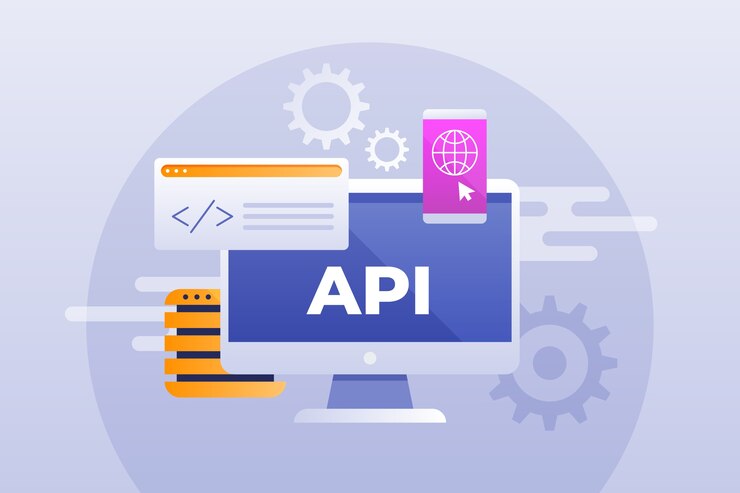
Microservices and API gateway integration is a transformative trend that implies dividing complex applications into smaller, more manageable elements, which are microservices. They can be separately implemented, deployed, and supported. API gateways play the role of the entry points to these microservices, ensuring a centralized and secure access layer for external and internal users.
By adopting this trend, you can obtain agility, scalability, and flexibility in software development. This is due to the fact that microservices allow accelerated innovation and simpler operation of applications, whereas API Gateways deliver smooth interactions between them. In conjunction, these two elements significantly optimize the integration of a range of services, simplifying the adaptation process to dynamic market conditions, cutting down development cycles, and delivering more client-oriented applications.
Serverless Computing and APIs
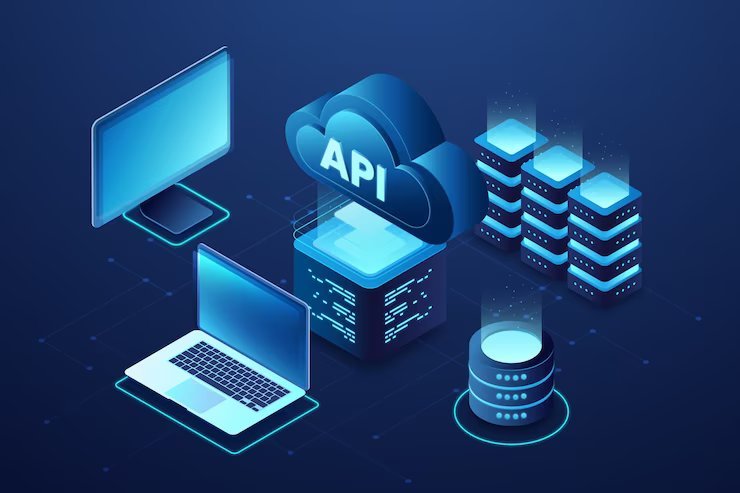
This trend aims at changing the way applications are implemented and deployed. In serverless computing, software engineers take care of the script. This is because infrastructure management is delegated to the cloud vendor, ensuring scalability and excellent value for money rate. APIs fill in the gap between these serverless functions and third-party services, delivering seamless communication and data transfer.
This integration trend helps developers accelerate the development lifecycle and release software solutions, decreasing time-to-market, as they are able to employ existing serverless functions through APIs. Serverless computing liquidates setbacks related to the server operation, whereas APIs deliver seamless access to a range of services. Therefore, they allow a faster and resource-efficient strategy to application development and integration, expanding the innovation opportunities for the business.
GraphQL for Flexible Data Queried
GraphQL, another solid API trend, is aimed at interactions with data. In contrast to basic REST APIs, GraphQL allows users to request the specific data they seek, which facilitates more efficient and flexible data queries. This way, software engineers can determine the structure of their responses, cutting down on over-fetching and under-fetching of data, which is common in REST.
This approach ensures top-tier performance and an elevated user roadmap. It’s especially important for mobile and web applications in which bandwidth and responsiveness are integral. As companies keep integrating GraphQL, it takes a key role in streamlined, user-centric data extraction and integration within a range of platforms and services.
API Security and Authentication
These API security trends are directed to protecting digital ecosystems. API security protocols, such as OAuth 2.0 and JWT (JSON Web Tokens), are now in demand, offering reliable security techniques, and setting secure access to APIs while protecting sensitive data. Powerful authentication and authorization methods are critical to guarantee that only authorized entities can access and interact with APIs. With the evolution of interconnected systems and the value of data, strong authentication practices, along with meticulous authorization, have become inalienable for setting strong protection from unauthorized access and data breaches.
Real-time APIs and WebSockets
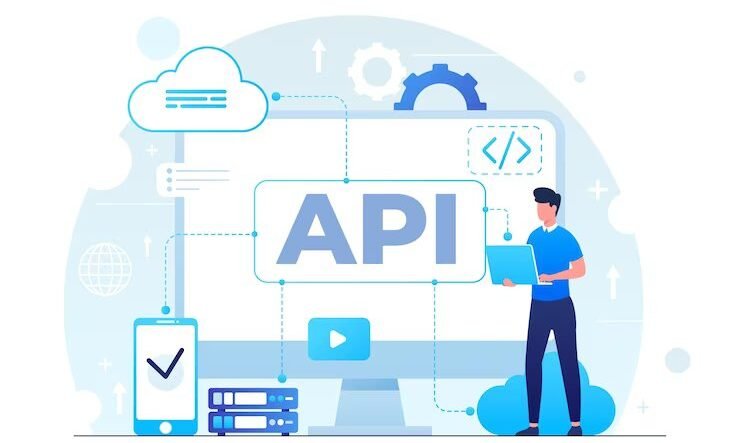
Real-time applications are highly valued within the current digital experiences, requiring dynamic updates and modifications. Real-time APIs, often based on WebSockets, are the core of such solutions. They allow seamless, low-latency interactions between servers and clients, enabling real-time data transfer.
WebSockets is a key technology in this trend, ensuring persistent connections, functioning in two directions that handle the disadvantages of ordinary request-response APIs. They ensure instant updates, which is perfect for applications like messaging platforms, online gaming, and live-streaming services. The demand for real-time interactions in fields such as finance, IoT, and social media is integral.
AI and Machine Learning Integration
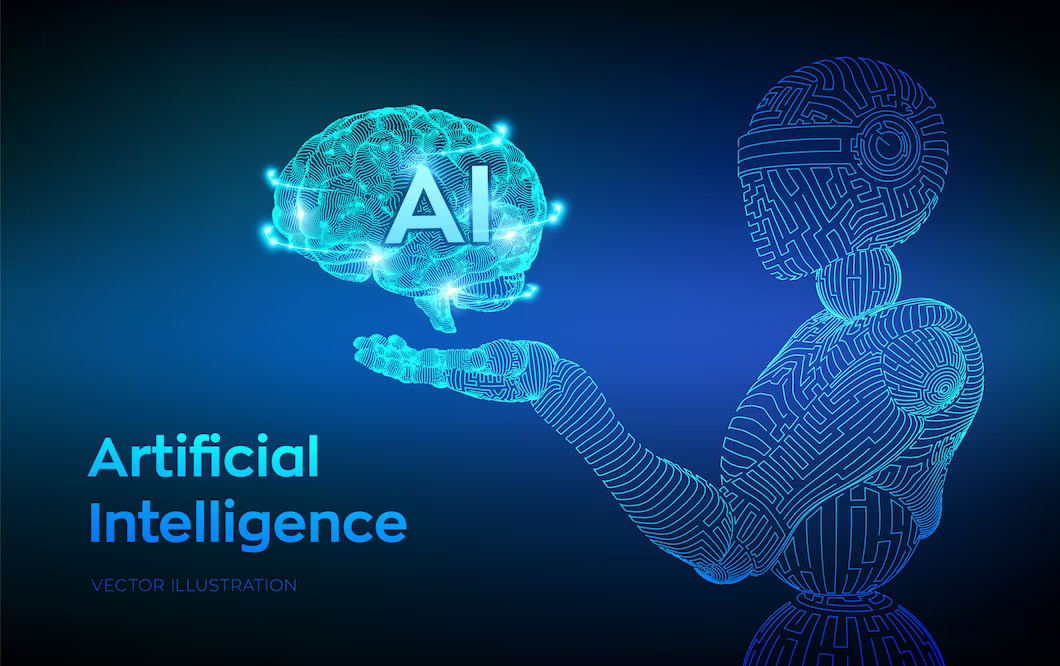
Currently booming Artificial Intelligence (AI) and Machine Learning (ML) integrations have become a game-changer for API functionality. These technologies allow APIs to provide smart and adaptive services. AI-powered APIs deliver functionalities like natural language processing, sentiment analysis, recommendation engines, and image recognition.
A common practice for many businesses is the implementation of chatbots and virtual assistants. Companies use AI to comprehend and adapt to customer needs. In industries like e-commerce, suggestion APIs recommend commodities according to client behavior. The financial sector heavily employs ML to detect fraudulent transactions leveraging special APIs. The capacity of AI and ML to handle and investigate tremendous loads of information instantly elevates API opportunities, making services smarter, more individual, and responsive to user demands.
IoT and Edge Computing Integration
APIs play a critical role in connecting and managing the diversity of IoT devices, allowing smooth data exchange and governance. Edge computing, with its decentralized nature within data handling at the device level, significantly impacts API integration for IoT. It reduces delays and cuts down the data traffic to centralized cloud servers, allowing real-time, on-site processing. Such proximity refines response times and enhances stability, which raises APIs’ efficiency for IoT software. IoT and Edge Computing integration via custom API have the potential to boost sectors, such as smart cities, healthcare, and industrial automation.
API Marketplaces and Monetization
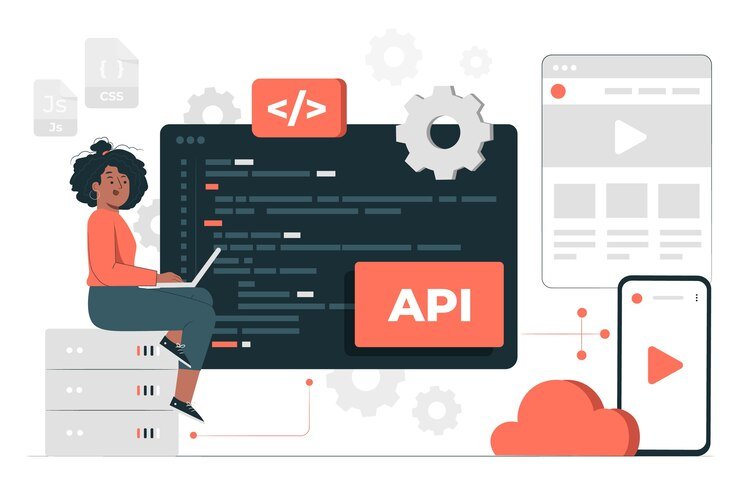
API marketplaces refer to online platforms where companies can offer, provide, and discover APIs, achieving a new level of collaboration and innovation. They are a fully-fledged hub for developers seeking APIs to expand the opportunities of their software. Vendors can gain revenue through their APIs within these marketplaces by delivering them under various pricing models, such as pay-per-use, subscription-based, or freemium, based on the API’s capabilities and relevance. This ensures companies with monetization opportunities, helps attract external software engineers, and extends their ecosystem. API marketplaces also enable businesses to adopt API management trends, assemble reviews, and continually enhance their opportunities.
APIs are an indispensable part of modern software ecosystems, interconnecting digital solutions, and delivering expanded opportunities, innovation, and performance. The trends in API integration enhance your product’s functionality, redefining the industries and user interactions. Businesses continue to make use of APIs, discover new value streams, and thrive in the digital market.

